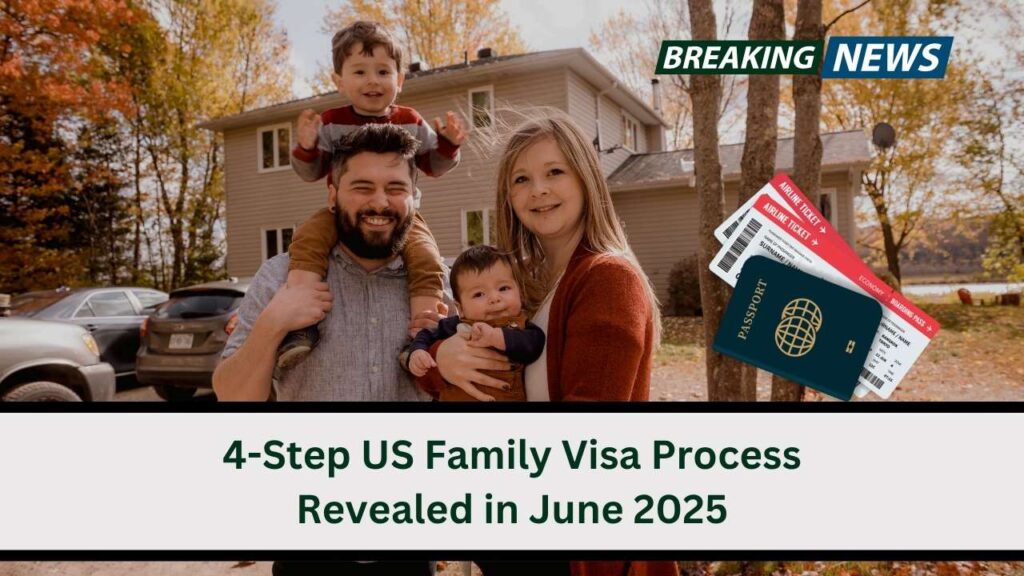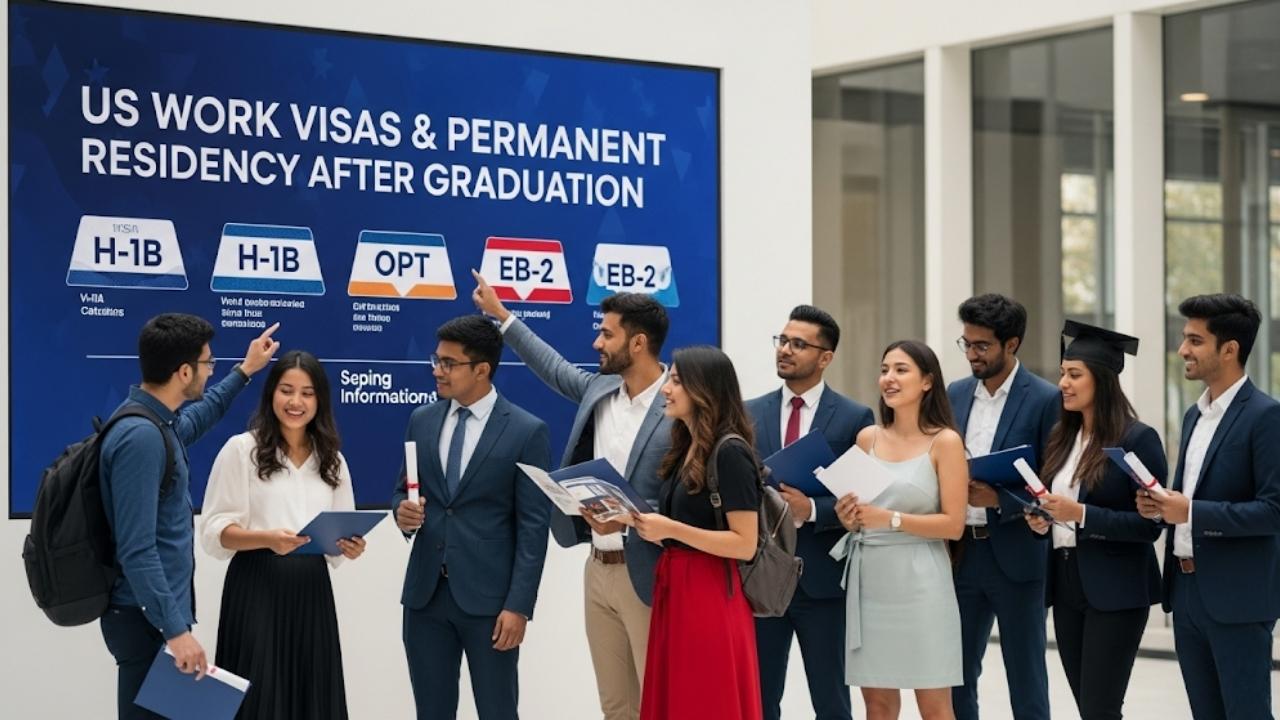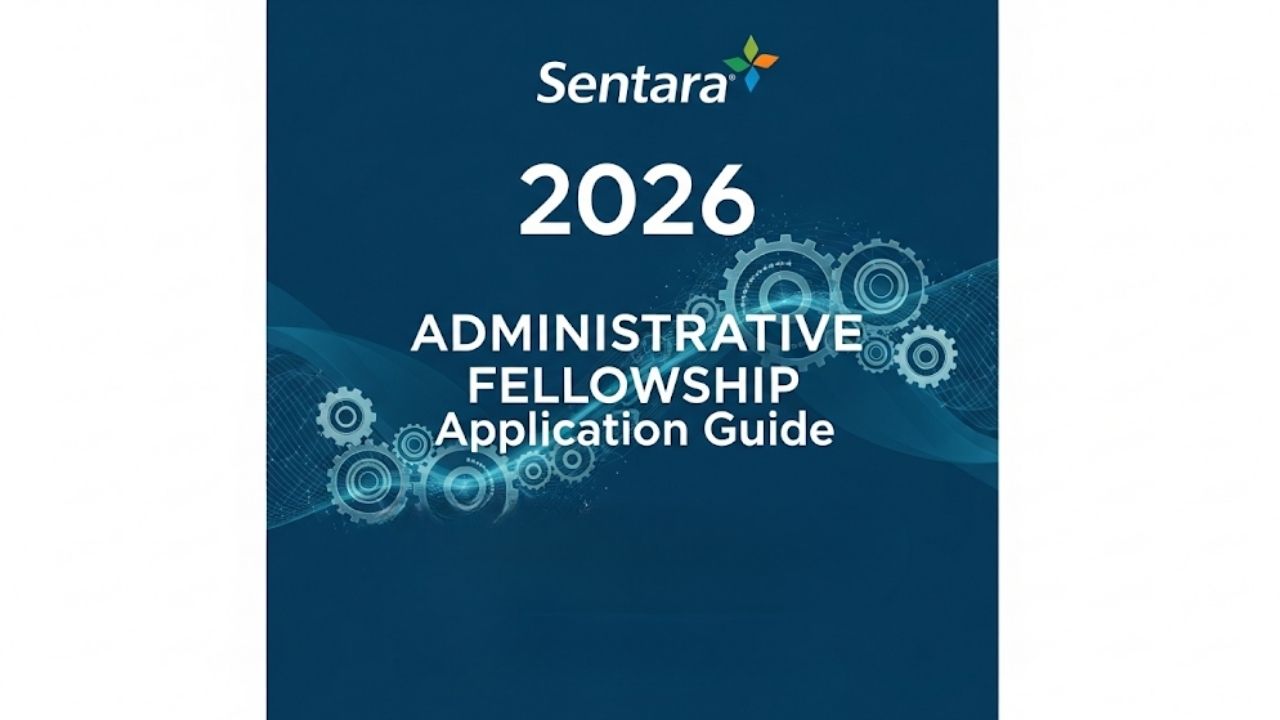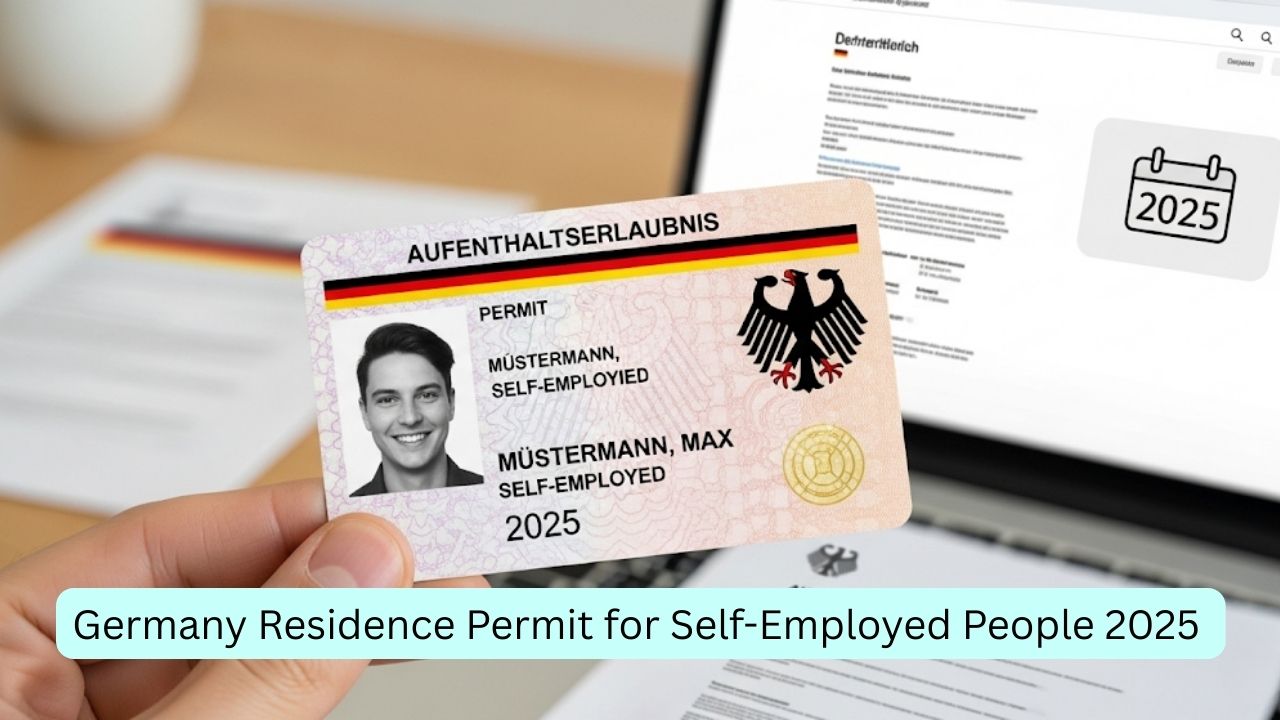US Family Visa– Trying to reunite with family in the U.S.? June 2025 brings some clarity and relief. The family visa process has been updated to make it more straightforward. Whether you’re sponsoring your spouse, parents, or kids, this guide walks you through each step—no confusing jargon, just real, actionable advice.

Let’s break it down into four easy steps, so you know exactly what to do and what to expect.
| Step | What You’ll Do | Estimated Time | Key Info |
|---|---|---|---|
| 1 | File Form I-130 | 6 to 15 months | Each relative needs a separate form. Apply at USCIS |
| 2 | Wait for Visa Availability | Varies by category | Immediate relatives skip the wait. Check Visa Bulletin |
| 3 | Apply for Green Card | 9 to 12 months | Adjust status in the U.S. or go through a consulate abroad |
| 4 | Enter U.S. & Receive Green Card | Few weeks after approval | Green card gets mailed to a U.S. address |
It’s never been easy navigating U.S. immigration, but as of June 2025, the process is finally more transparent. Just remember the four core steps: file the I-130, wait for visa availability, apply for a green card, and receive it once approved. That’s your family’s ticket to living the American dream—together.
What’s the Family Visa All About?
Family-based immigration lets U.S. citizens and green card holders sponsor certain family members to come live in the U.S. It’s split into two buckets:
- Immediate Relatives – spouse, parents, and kids under 21 (no wait for visa)
- Family Preference Categories – includes siblings and adult/married kids (longer wait)
No matter the category, the process involves paperwork, waiting, and sometimes an interview—but we’ll make it easy to follow.

Step 1: File Form I-130
This is the first move. If you’re the sponsor (U.S. citizen or green card holder), you’ll file Form I-130 to show USCIS you have a real family relationship with the person you’re sponsoring.
Each family member you sponsor needs a separate I-130. Include documents like:
- Birth/marriage certificates
- Photos together
- Shared bank accounts or lease
Pro tip: For spouses, include lots of proof your marriage is legit. Think wedding pics, joint bills, or lease agreements.
Cost: $535 per form
Processing Times (2025 Estimates):
- Spouse of U.S. citizen: ~9.5 months
- Parent of U.S. citizen: ~10–12 months
- Sibling/married child: 14+ monthshttps
Note: This video was created in a previous year and may contain outdated information.
Step 2: Wait for Visa to Become Available
Once USCIS approves your I-130, what happens next depends on your family member’s category:
- Immediate relatives: Skip the wait and move to the green card step.
- Family preference categories: Wait until a visa number opens up.
Check the Visa Bulletin monthly to see if your priority date is current. This is the date USCIS received your I-130.
View the Visa Bulletin
What delays visa availability?
- Too many applications from a specific country
- Annual limits on visas
- Policy or admin slowdowns
Step 3: Apply for a Green Card
Your I-130 is approved. The visa is available. Now it’s time to apply for permanent residence. Your next steps depend on where your relative is:
Inside the U.S.? Adjust Status.
File Form I-485 to change their status to a green card holder.
They’ll need to:
- Complete a medical exam
- Attend a biometrics (fingerprint) appointment
- Go to an interview with USCIS
Outside the U.S.? Consular Processing.
The case moves to the National Visa Center (NVC), and your family member will:
- Fill out Form DS-260
- Upload documents (civil and financial)
- Pay required fees
- Schedule and attend an interview at their local U.S. consulate
Note: You (the sponsor) must also submit Form I-864, Affidavit of Support to show you can financially support your relative.
Step 4: Enter the U.S. & Get the Green Card
Once the green card is approved:
- If abroad, your relative travels to the U.S. using their visa.
- At the airport, Customs and Border Protection stamps their passport.
- A few weeks later, the physical green card arrives in the mail.
Already in the U.S.? They’ll receive the green card by mail shortly after USCIS approves the I-485.
After the Green Card: What’s Next?
With a green card, your family member can:
- Live and work in the U.S. legally
- Get a Social Security Number
- Travel—but try not to leave for more than 6 months at a time
- Apply for U.S. citizenship after 3–5 years (depending on the relationship)
How to Avoid Delays?
Here’s how to stay ahead of the curve:
- Triple-check your forms before submitting
- Use certified English translations for any foreign documents
- Respond to USCIS or NVC emails quickly
- Upload clear, complete documentation (no blurry scans!)
- Stay updated through USCIS case tracking tools
Optional but helpful: Hire an immigration attorney if your case is complicated (prior denials, criminal records, or overstays).
FAQs
Q: Can I sponsor more than one relative at the same time?
Yes, but you’ll need a separate Form I-130 (and $535 fee) for each person.
Q: How long does it take to bring a sibling to the U.S.?
This one’s tough—it can take 14 to 20 years due to visa backlogs.
Q: Is there a faster way to bring my spouse?
Yes. If they’re already in the U.S., you can file Form I-130 and Form I-485 together (called concurrent filing).
Q: What if I move after applying?
Update your address with USCIS right away using Form AR-11 online.
Q: Is a green card the same as citizenship?
Nope. Green card holders are permanent residents. After 3–5 years, they can apply for citizenship.
Q: Can undocumented immigrants apply?
Sometimes, but it depends on their history. Special programs like VAWA or 245(i) might help. Legal advice is essential here.
Q: Do sponsors need a minimum income?
Yes. You must earn at least 125% of the Federal Poverty Level to qualify.









